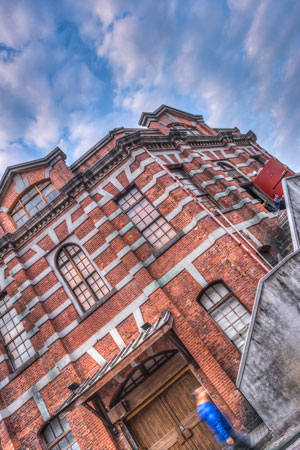Ximending & Xinyi | Taipei

Ximending (Hsimenting)
Ximending, which emerged as an entertainment district in the first decade of the 20th century, gets its name (‘west gate district’) because it was just outside the city walls’ west gate. Soon afterwards, the gate and the walls were demolished to make room for development but the name stuck throughout and beyond the period of Japanese rule. Perhaps the easiest way to get to Ximending is to take the Taipei Metro to Ximen Station, served by both the Green Line and the Blue Line.
At the heart of Ximending lies the Red House, an octagonal brick landmark built as a theatre in 1908, but now full of art stores and boutiques. At the same time, it’s a key part of the capital’s LGBTQ+ scene. Elsewhere on Ximending’s pedestrianised streets, visitors will find cinemas, tattoo parlours, and shops which sell nothing but Japanese-language fashion magazines.
Ximending is also a popular place in which to stay, there being more than 100 hotels and hostels, not to mention eating options that fit any budget. Fancy a G&T? The neighbourhood has a number of appealing watering holes. Visitors who’d like to get away from the crowds for a bit can stroll to Nishi Honganji Square, named after the Japanese-era Buddhist temple that once stood here. The remnants are photogenic and quite different in style to the thoroughly Taiwanese shrines in nearby Wanhua.
From field to mall: Xinyi
Three decades ago, much of Xinyi was given over to growing vegetables. The capital’s booming economy has since transformed the district into a zone of swish apartment buildings and swanky department stores, as well as up-market drinking and dining spots. Taipei 101 is by far the best known attraction, of course, but there are several other malls, among them Breeze NanShan, Breeze SongGao, and Shin Kong Mitsukoshi Xinyi Place A11. Among the several excellent hotels on this side of the city is one of Life of Taiwan’s favourites: the W Taipei. An excellent place to stay in a fascinating city!
